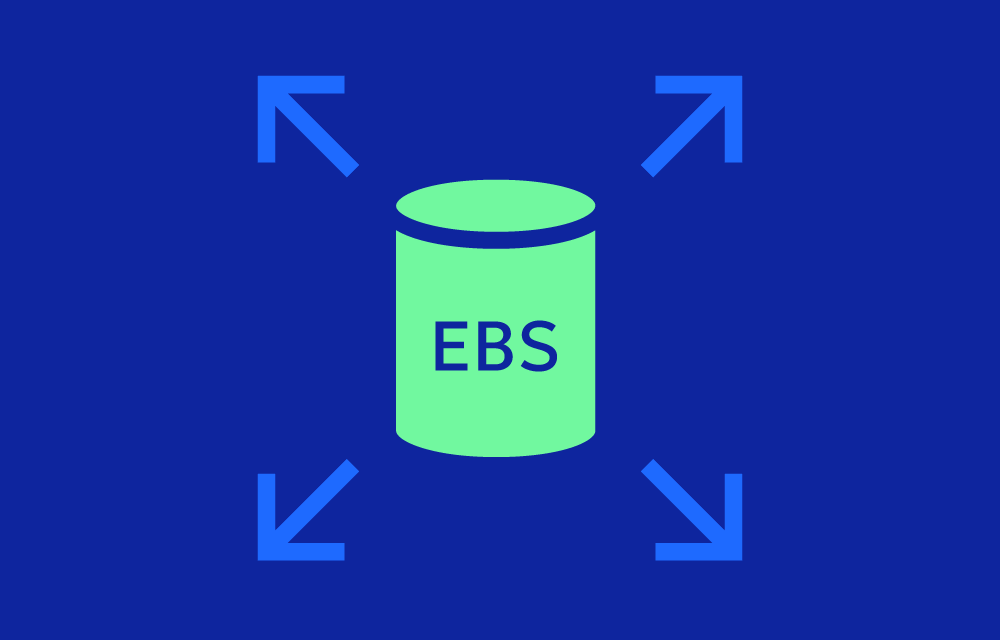History
Amazon Web Services introduced EBS in August 2008 as part of its efforts to provide a more comprehensive cloud computing solution. EBS was developed to address the need for persistent and high-performance storage that could be easily managed and scaled in conjunction with EC2 instances. Over the years, EBS has evolved significantly, introducing various volume types optimized for different workloads and performance requirements, along with advanced features such as snapshots, encryption, and elastic resizing.
Value proposition
- Persistent storage: Provides reliable, persistent storage that retains data independently of the lifecycle of EC2 instances.
- High performance: With multiple volume types, EBS caters to a wide range of performance needs, from general-purpose applications to high-performance databases and I/O-intensive workloads.
- Scalability: Allows users to dynamically scale storage capacity and performance, adapting to changing workload demands without downtime.
- Data protection: Features like EBS snapshots and integration with AWS Backup ensure robust data protection and easy recovery options.
- Secure: EBS offers encryption at rest and in transit, integrating with AWS Key Management Service (KMS) to enhance data security.
Challenges
- Cost management: Managing storage costs effectively can be challenging, especially with high-performance or large-scale storage requirements.
- Performance optimization: Achieving optimal performance requires careful selection and configuration of EBS volume types based on specific workload requirements.
- Snapshot management: Efficiently managing EBS snapshots to balance storage costs and data protection needs can be complex.
- Data durability: While EBS is designed for high durability, ensuring additional data redundancy and implementing backup strategies are crucial for critical applications.
- Integration and compatibility: Ensuring seamless integration with existing applications and infrastructure can sometimes require additional configuration and management.
Key features
- Multiple volume types: EBS offers several volume types, including General Purpose SSD (gp2, gp3), Provisioned IOPS SSD (io1, io2), Throughput Optimized HDD (st1), and Cold HDD (sc1), each tailored to specific performance and cost requirements.
- Snapshots: EBS snapshots allow users to create point-in-time backups of volumes, stored in Amazon S3, which can be used to restore volumes or create new ones.
- Elastic volumes: Modify the size, performance, and type of EBS volumes without downtime.
- Encryption: Supports encryption at rest and in transit, using AWS KMS for key management.
- Durability and availability: Designed for high availability and durability, with data replication within an Availability Zone.
Types of EBS volumes
- General purpose SSD (gp2, gp3): Balanced price and performance for a wide variety of workloads.
- Provisioned IOPS SSD (io1, io2): Designed for mission-critical applications requiring sustained high IOPS performance.
- Throughput optimized HDD (st1): Low-cost HDD designed for frequently accessed, throughput-intensive workloads.
- Cold HDD (sc1): Lowest cost HDD designed for infrequently accessed workloads.
Applications
- Database storage: Ideal for relational and NoSQL databases requiring high IOPS and low latency.
- Big data analytics: Suitable for big data applications that require high throughput and quick access to large datasets.
- Backup and recovery: Used for storing backups and ensuring data durability with EBS snapshots.
- Enterprise applications: Supports a variety of enterprise applications needing persistent storage with scalable performance.
- Boot volumes: Commonly used as the root volume for EC2 instances, storing operating system and application data.
Market
Amazon EBS has become a cornerstone of cloud storage solutions across various sectors. Its broad adoption is fueled by its seamless integration with AWS’s extensive suite of services, making it an essential component for companies migrating to the cloud or scaling their existing cloud infrastructure. EBS is widely used by organizations of all sizes, from startups to large enterprises, across industries such as finance, healthcare, e-commerce, and technology. Its versatility in handling diverse workloads, from high-performance databases to large-scale data analytics, has cemented its place in the cloud storage market.
Similar concepts
- Amazon S3: Object storage service designed for storing and retrieving any amount of data at any time.
- Google Persistent Disk: Block storage service by Google Cloud for use with Google Compute Engine instances.
- Azure Managed Disks: Block storage service by Microsoft Azure designed for use with Azure Virtual Machines.
- IBM Cloud Block Storage: Scalable block storage solution by IBM Cloud for virtual server instances.
References
Further reading
- “AWS for Solutions Architects” by Alberto Artasanchez and Luciano Almazan
- “AWS Administration – The Definitive Guide” by Yohan Wadia
- “Learning AWS” by Aurobindo Sarkar and Amit Shah



